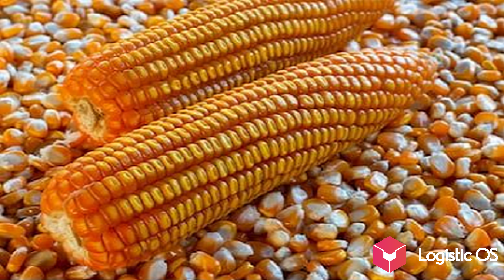There are only a couple of months left before the new harvest.
No volume records are expected this year: the harvest should be at a good average level.
But what quality will it have?
Most experts agree that the grain quality of the new harvest will remain standard: it will not increase, but it will not decrease either. This, for example, is the opinion of Andrey Sizov, director of the SovEkon analytical center.
In his opinion, the main thing that can spoil the quality is the weather. In particular, prolonged rains, which are already coming and are expected in the near future in the southern regions of the country.
They lead to a drop in the protein content in wheat, and can also cause its diseases, which significantly reduce the attractiveness of the product — primarily export.
A negative factor is the decrease in the desire of many agricultural producers to improve the quality of their products.
Due to the fact that the government significantly limits their profits (including the introduction of duties and quotas), there is practically no «extra» finance left for the acquisition of new technologies and the introduction of innovations.
At the same time, Sizov noted, even in the best times, Russian agrarians usually sought mainly to increase yields per hectare, and not quality at all.
At the same time, the following principle works: the more grain harvested per hectare, the less protein in each grain.
According to experts, there are no serious reasons for the decline in grain quality this year. As for fertilizers for the current season, most of the enterprises purchased them in advance, a year ago.
Therefore, the increase in fertilizer cost that occurred a few months ago should not have led to a decrease in the rate of fertilization per hectare.
However, fertilization is more a matter of harvest volumes than grain quality.
But, warns the vice-president of the Russian Grain Union Alexander Korbut, if the government continues to limit the profits of farmers, they can reduce the rate of fertilization, then both the quantity and quality of the crop may suffer. This happened recently in Siberia.
Does Russia need to improve grain quality?
In 2020, Russia harvested up to 85 million tons of wheat. Including:
39% wheat grade 4
27% wheat grade 5
Wheat in Russia is classified according to the gluten content (in Europe — protein). For wheat of the 3rd class it is 23%, the 4th — 18%, the 5th — even less.
It turns out that as a result, more than half of Russian grain is grades 4 and 5.
The fourth is currently considered suitable for the production of flour, the fifth — only for livestock feed (feed grain). However, in Soviet times, GOST provided only wheat of 1-3 classes for flour.
According to the norms of that time, half of today’s Russian crop is suitable only for livestock feed.
Despite the change in standards, there is certainly room for development in this direction. But in order to move towards an increase in quality, Russian farmers need not only to make enough profit, but also to change their mentality so that quality becomes no less a priority than yield.

